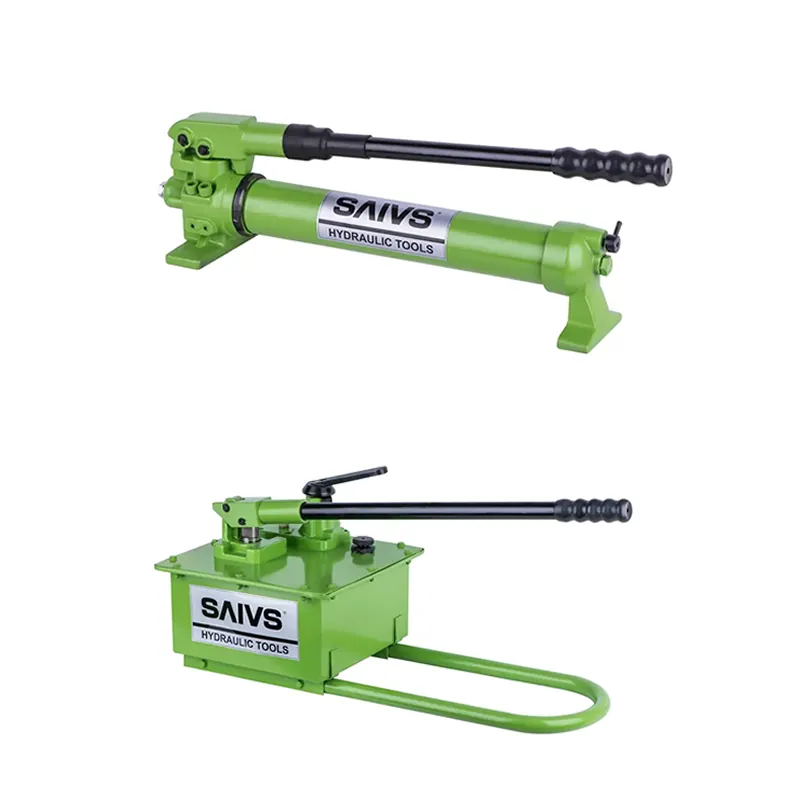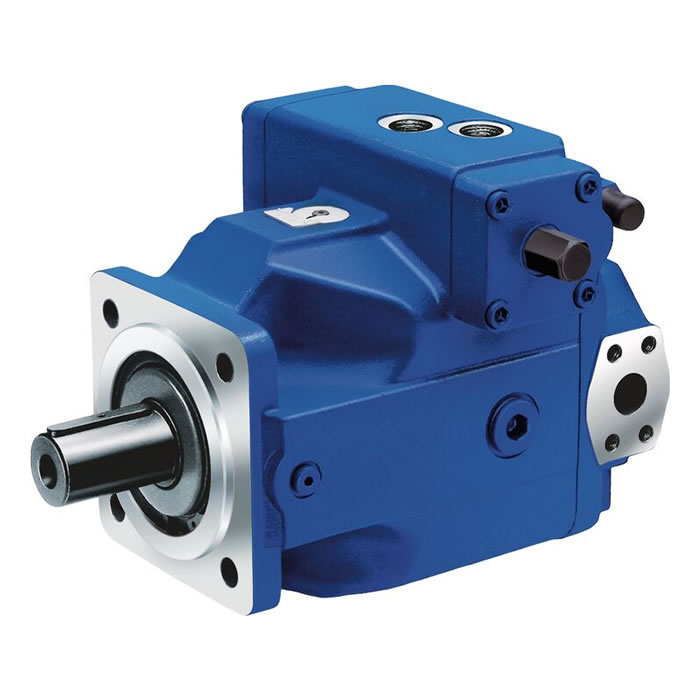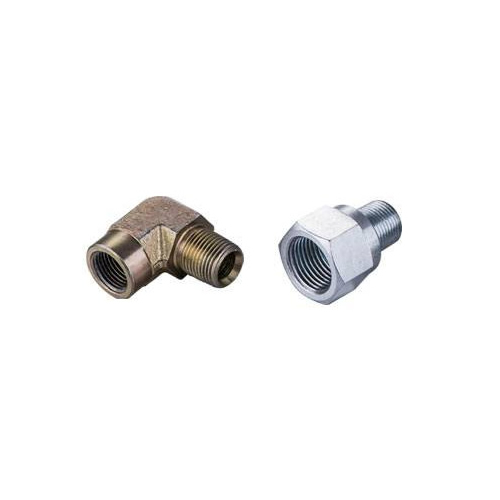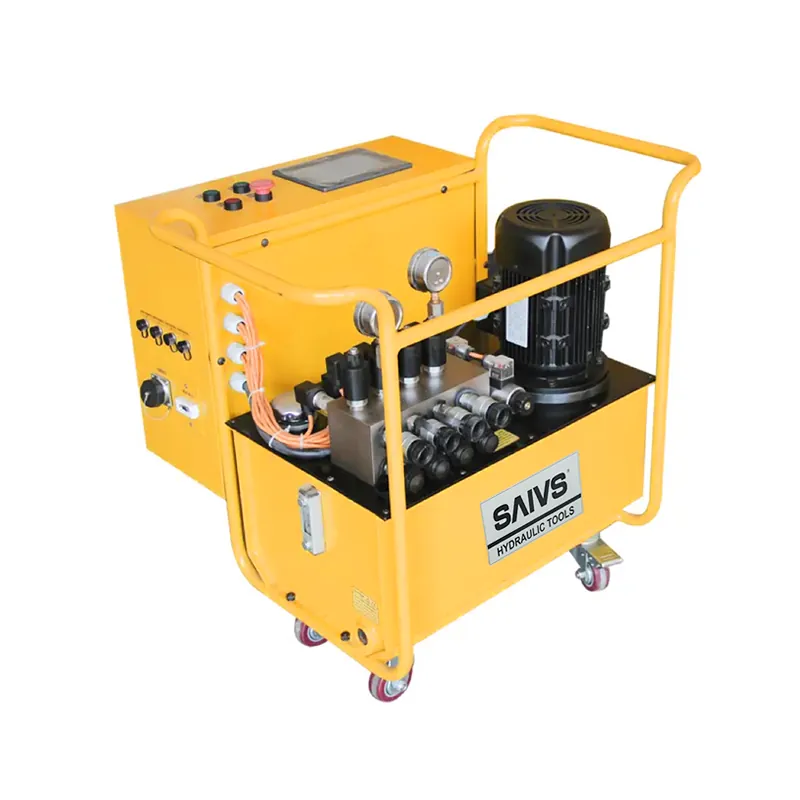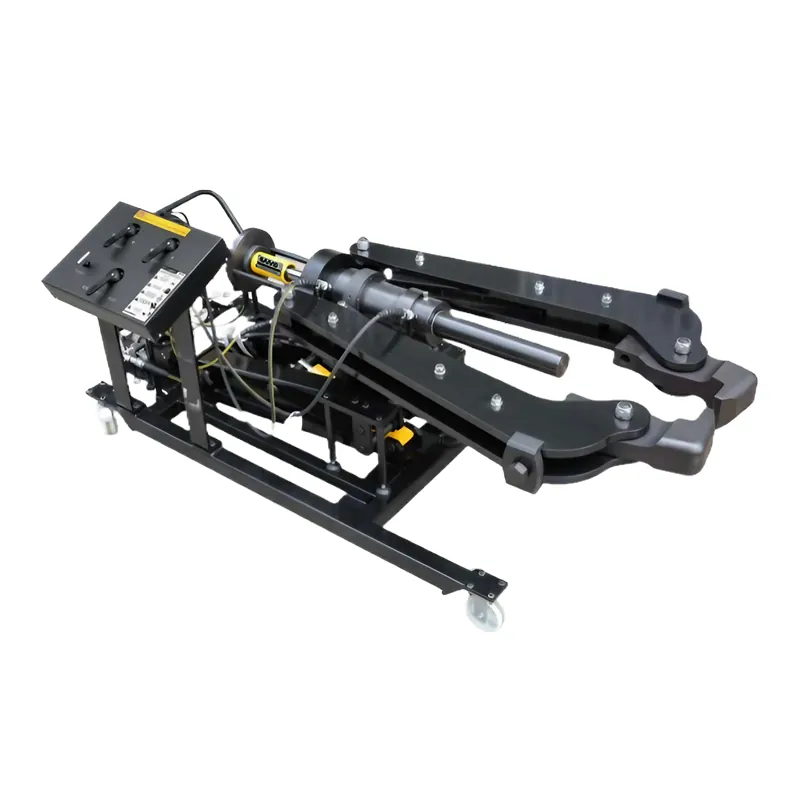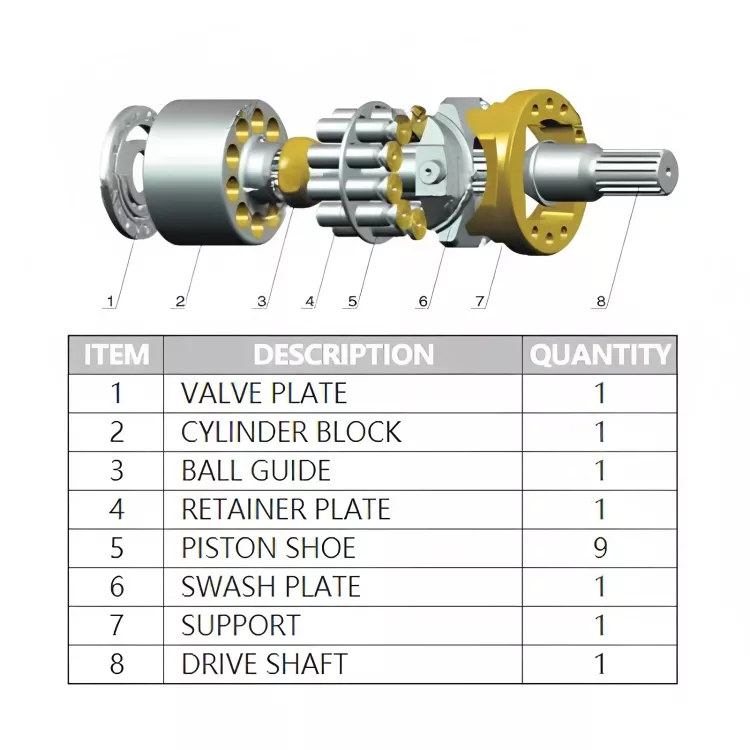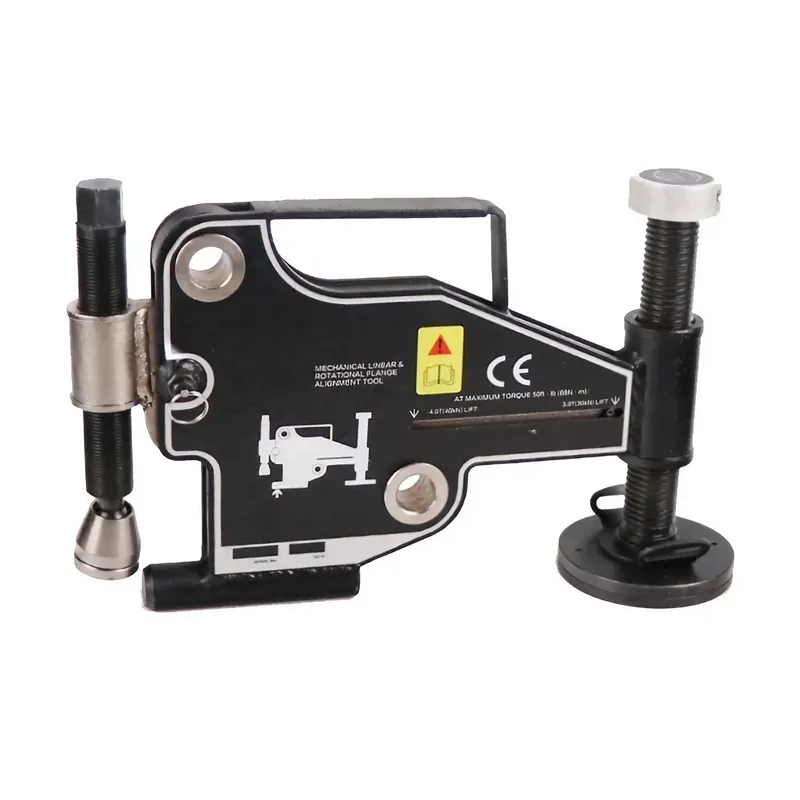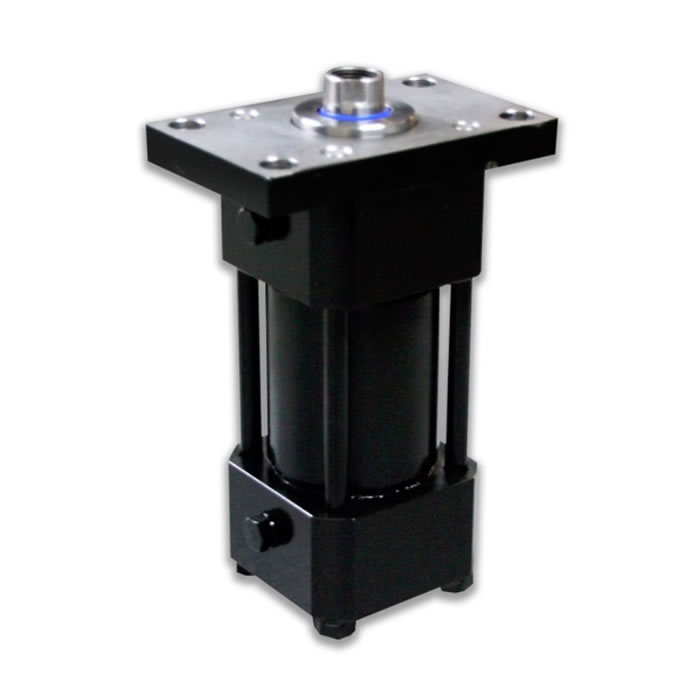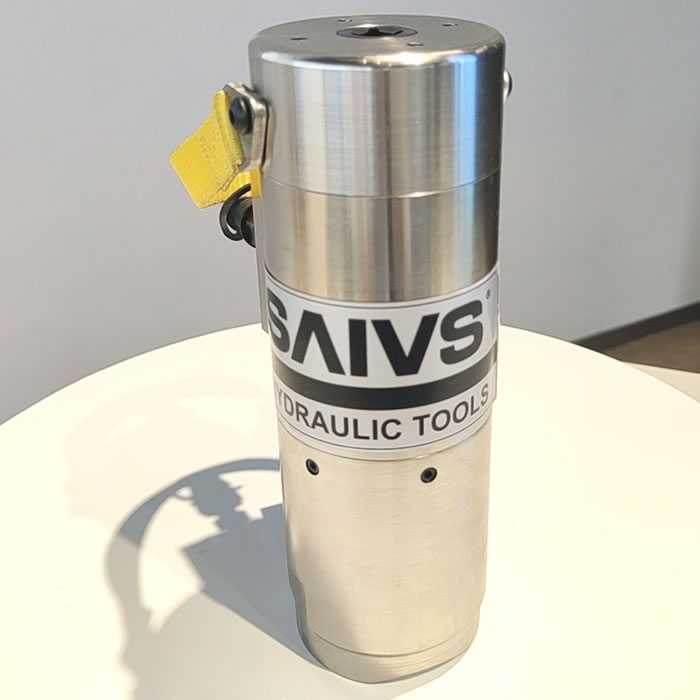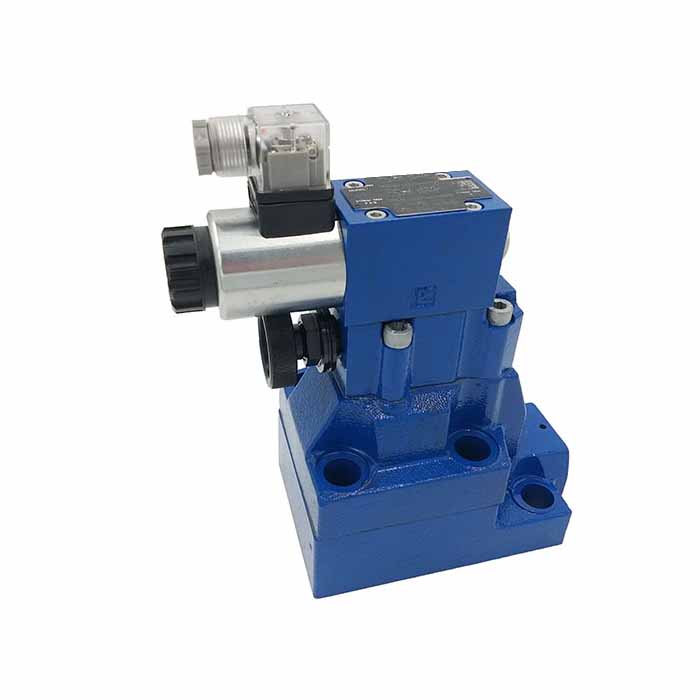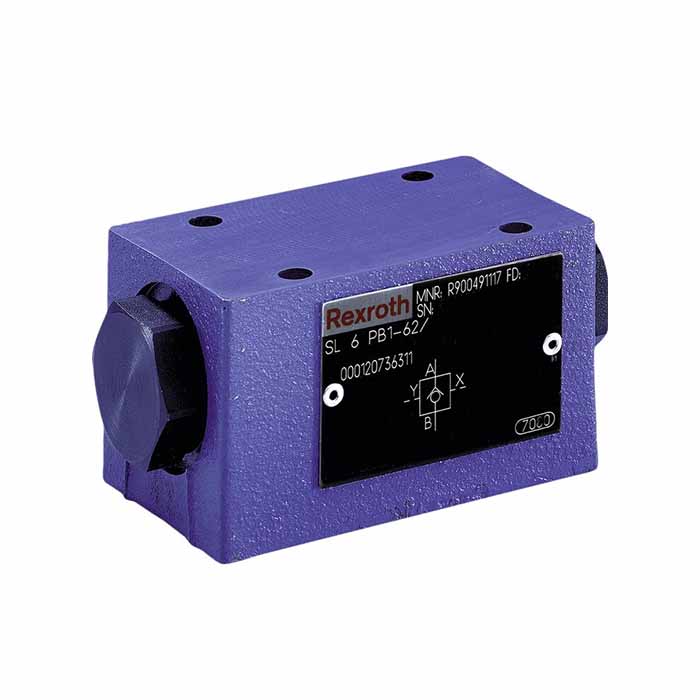Single-Acting vs. Double-Acting Hydraulic Hand Pumps: Which One is Right for You
Introduction
Hydraulic hand pumps are essential components in various industrial and everyday applications. They are manual devices that convert mechanical energy into hydraulic power, enabling the operation of Hydraulic Cylinders and actuators. Understanding the principles, advantages, and limitations of single-acting and double-acting hydraulic hand pumps is crucial for selecting the appropriate pump for specific needs.
Single-Acting Hydraulic Hand Pumps
Definition and Working Principle
A single-acting hydraulic hand pump utilizes a piston moving within a cylinder to draw hydraulic fluid into the pump on the upstroke and discharge it on the downstroke. The inlet valve opens during the upstroke, allowing fluid to enter the cylinder, while the outlet valve remains closed. On the downstroke, the inlet valve closes, and the outlet valve opens, forcing fluid out of the cylinder.
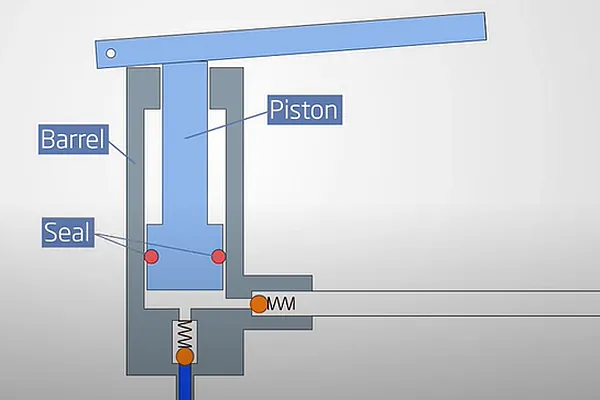
Advantages
Simplicity: Single-acting hand pumps have a straightforward design, making them easy to operate and maintain.
Low Cost: Their simple construction results in lower manufacturing costs and fewer maintenance requirements.
Suitability for Specific Applications: Single-acting pumps are well-suited for applications where unidirectional force is sufficient, such as lifting, jacking, and pressing.
Disadvantages
Limited Functionality: They only provide hydraulic pressure in one direction, limiting their versatility.
Lower Efficiency: Compared to double-acting pumps, they have a lower power output per cycle.
Typical Applications
Simple Hydraulic Systems: Single-acting pumps are commonly used in simple hydraulic systems like car jacks, bottle jacks, and farm equipment.
Lifting and Positioning Applications: They are employed in lifting and positioning tasks, such as raising machinery and adjusting equipment.
Double-Acting Hydraulic Hand Pumps
Definition and Working Principle
A double-acting hydraulic hand pump incorporates a more complex design with an intermediate check valve integrated into the piston. This valve allows fluid to flow both above and below the piston, enabling the pump to generate hydraulic pressure in both directions of the stroke.
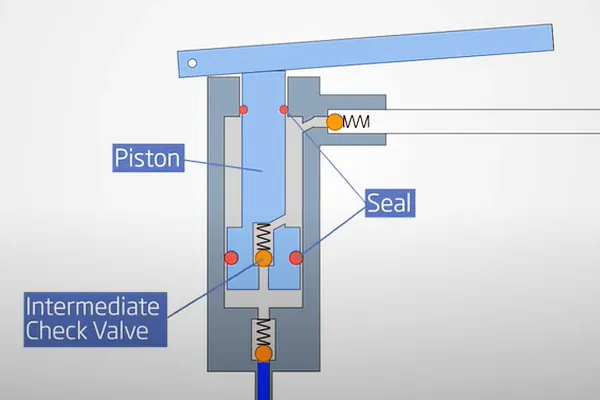
Advantages
High Efficiency: Double-acting pumps provide hydraulic pressure on both strokes, resulting in higher power output per cycle.
Bi-directional Pressure Generation: They can generate hydraulic pressure in both directions, expanding their application range.
Greater Versatility: Double-acting pumps offer more versatility for applications requiring force in both directions.
Disadvantages
Complex Structure: Their intricate design makes them more complex to manufacture and maintain.
Higher Cost: The increased complexity leads to higher initial and maintenance costs.
Typical Applications
Complex Hydraulic Systems: Double-acting pumps are widely used in complex hydraulic systems like construction equipment, machine tools, and agricultural machinery.
Bi-directional Force Applications: They are suitable for applications requiring force in both directions, such as clamping, pressing, and shearing.
Single-Acting vs. Double-Acting Hydraulic Hand Pumps: A Comparative Analysis
Structural and Principle Comparison
Single-acting pumps have a simpler structure with a single inlet and outlet valve, while double-acting pumps incorporate an intermediate check valve and additional passages for bi-directional flow.
Performance and Efficiency Comparison
Double-acting pumps offer higher power output and efficiency due to their ability to generate pressure on both strokes. Single-acting pumps are less efficient but may be sufficient for applications with unidirectional force requirements.
Cost and Maintenance Comparison
Single-acting pumps are generally less expensive to purchase and maintain due to their simpler design. Double-acting pumps have higher initial and maintenance costs due to their increased complexity.
Application Scenario Comparison
Single-acting pumps are suitable for simple hydraulic systems and applications requiring unidirectional force, such as lifting, jacking, and pressing. Double-acting pumps are better suited for complex hydraulic systems and applications demanding force in both directions, like clamping, pressing, and shearing.
Conclusion
Single-acting and double-acting hydraulic hand pumps each have their strengths and weaknesses. Selecting the appropriate pump depends on the specific application requirements. For simple, unidirectional force applications, single-acting pumps offer a cost-effective and straightforward solution. For complex systems and bi-directional force requirements, double-acting pumps provide greater versatility and efficiency. As hydraulic technology advances, we can expect further improvements in pump designs, materials, and performance, catering to an even wider range of industrial and everyday applications.

